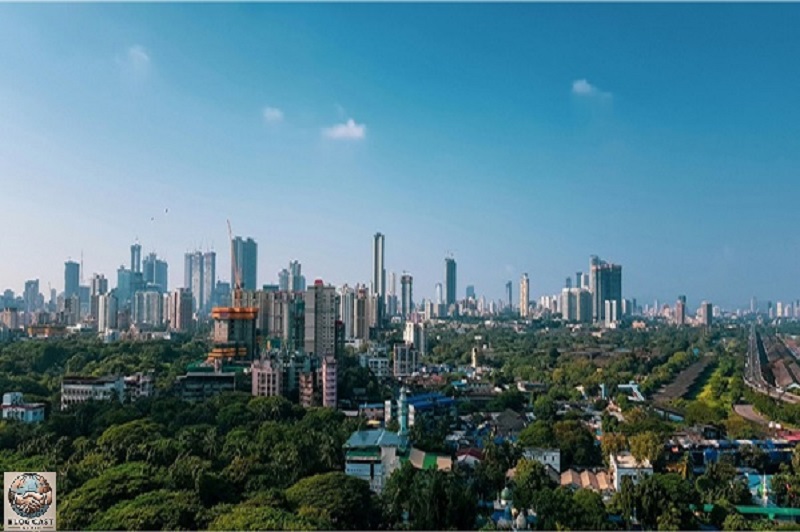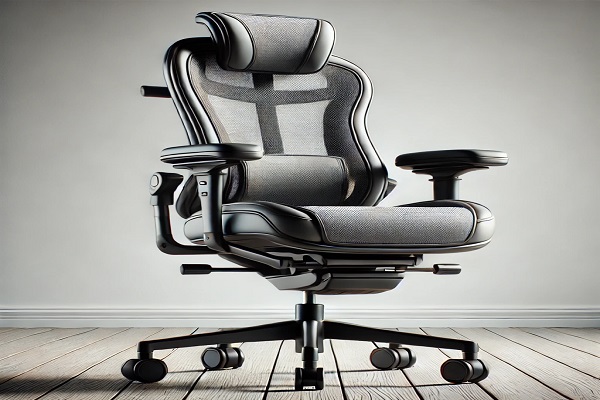
Buying a home is like a dream come true. It is one of the biggest financial decisions in life. But when it comes to Mumbai, the choice becomes even more crucial. With skyrocketing property prices in Mumbai and the rapid development of Navi Mumbai, homebuyers are often left wondering: Which is the better place to buy a home or invest in real estate in 2025?
So, to make your task easy, let’s compare both places based on affordability, infrastructure, lifestyle, investment potential, and connectivity. Whether you are invested in buying a home in Mumbai or Navi Mumbai, this guide will help you make an informed decision.
1. Affordability: Which City Offers Better Home Prices?
Mumbai: Sky-High Property Prices
As India’s financial capital, Mumbai is known for its premium real estate market, but this prestige comes at a hefty cost. Property prices in prime locations like South Mumbai, Bandra, and Lower Parel range between ₹35,000 – ₹45,000 per sq. ft., making homeownership a challenge for many.
Even suburban areas like Andheri and Malad, which were once considered relatively affordable, have seen significant price surges. For instance, residential projects such as:
- Laxmi Raajvilas in Malad West (₹4.25 Cr – ₹4.3 Cr)
- Romell Orbis in Andheri East (₹1.2 Cr – ₹2.15 Cr)
These pricing trends highlight how difficult it has become for middle-class buyers to find spacious, budget-friendly homes in Mumbai.
Navi Mumbai, in contrast, offers more affordable housing options without compromising on modern amenities. Prime residential areas such as Kharghar, Seawoods, Panvel, and Nerul provide properties within the range of ₹15,000 – ₹20,000 per sq. ft., making it an attractive option for first-time buyers and investors.
Some budget-friendly projects in Navi Mumbai include:
- Akshar Emperia Garden in Panvel (₹20 Lakh – ₹35 Lakh)
- Mahavir Exotica in Kharghar (Competitively priced apartments)
With lower property rates and promising infrastructure developments, Navi Mumbai is emerging as a smart investment destination.
2. Infrastructure and Development: Which City Has Better Facilities?
Mumbai: A Well-Established Metropolis
Mumbai boasts world-class infrastructure, with renowned educational institutions, top-tier healthcare facilities, business hubs, and premium shopping destinations. However, the city’s instantaneous urbanisation has led to overpopulation, traffic congestion, pollution, and space constraints, which negatively impact the quality of life.
Navi Mumbai was designed as a planned satellite city and offers several advantages:
- Wider roads with less congestion
- Better air quality and ample green spaces
- The upcoming Navi Mumbai International Airport (NMIA), expected to boost real estate value
- Smart City Initiatives Promoting Sustainable Development
With large-scale projects like the Mumbai Trans Harbour Link (MTHL) and metro expansions, Navi Mumbai is quickly catching up to Mumbai’s infrastructure standards while offering a more organized and less chaotic living environment.
3. Connectivity: Which City Has Better Transport Facilities?
Mumbai: Strong Public Transport but Overcrowded
Mumbai has one of India’s best public transport systems, including:
- Mumbai Local Trains (Backbone of the city but overcrowded)
- BEST Bus Services
- Mumbai Metro (Still expanding but improving connectivity)
- Road networks (Severely congested, especially during peak hours)
Navi Mumbai is well-connected via:
- Harbour Line of Mumbai Local Train (Less crowded than Western Line)
- Upcoming Navi Mumbai Metro
- Sion-Panvel Expressway & Mumbai-Pune Expressway
- Mumbai Trans Harbour Link (MTHL) – Set to reduce travel time to South Mumbai
While Mumbai still has a better transport network, Navi Mumbai’s upcoming projects will significantly improve connectivity.
4. Lifestyle & Quality of Living: Which City is More Livable?
Mumbai: Fast-Paced & Energetic
Mumbai is a city that never sleeps! It offers:
- High-end shopping malls and entertainment hubs
- Iconic locations like Marine Drive, Bandra Bandstand, and Juhu Beach
- Diverse nightlife and restaurant
- A fast-paced lifestyle, ideal for young professionals
However, space constraints, noise pollution, and high living costs can be a challenge.
Navi Mumbai offers:
- Spacious townships and green spaces
- Less pollution and noise
- Affordable lifestyle without compromising modern amenities
- Perfect for families looking for a tranquil yet connected life
5. Investment Potential: Where Should You Invest in 2025?
Mumbai: Established but Expensive
- Property prices in Mumbai are already at a peak.
- High rental demand, but ROI (Return on Investment) is slowing down.
- Best suited for luxury real estate investors.
- Property prices are still affordable but rising rapidly.
- Upcoming Navi Mumbai International Airport and MTHL will boost property value.
- Ideal for first-time homebuyers and long-term investors.
| Factor | Mumbai | Navi Mumbai |
| Affordability | Expensive | Affordable |
| Infrastructure | Established but congested | Modern and improving |
| Connectivity | Better transport but overcrowded | Fast-growing metro and road networks |
| Lifestyle | Fast-paced but costly | Balanced and peaceful |
| Investment Potential | High cost, slow ROI | Affordable with future growth |
Wrapping Up
If you are looking for an affordable home with future growth potential and are confused between Navi Mumbai and Mumbai, Navi Mumbai is the better choice. However, if you prefer an established city with high-end amenities and don’t mind the premium price, Mumbai remains the top choice.
FAQs
Yes, with the Navi Mumbai International Airport and Mumbai Trans Harbour Link (MTHL), property prices are expected to rise significantly.
Some of the best areas include Kharghar, Seawoods, Nerul, Ulwe, and Taloja due to their rapid development and excellent connectivity.
Yes! With growing business hubs and seamless connectivity to Mumbai, Navi Mumbai is a great choice for working professionals.
Mumbai (Prime areas): ₹30,000 – ₹50,000 per sq. ft.
Navi Mumbai: ₹10,000 – ₹20,000 per sq. ft.
Mumbai has a high rental demand but lower ROI due to high prices. Navi Mumbai offers better appreciation potential, making it a smarter long-term investment.





